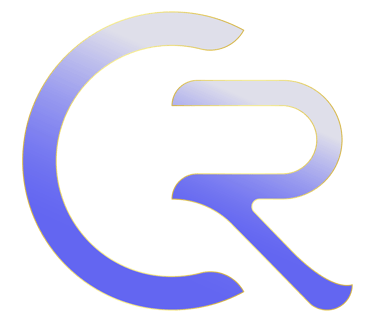Introduction to Qureal Governance
If no single entity owns Qureal, how are critical decisions regarding protocol changes, treasury management, or future developments made?
Qureal governance provides the structured process through which the Qureal community collectively makes these decisions.
What is Governance?
Governance encompasses the systems and processes that enable decision-making within any structured group. In traditional organizations, decisions are typically finalized by executives, boards, or through shareholder voting. In political systems, elected representatives create legislation intended to reflect the will of their constituents.
Decentralized Governance
Unlike traditional organizations, Qureal is decentralized and has no central controlling authority or individual owner. Yet, critical decisions about updates, treasury allocations, security parameters, and development roadmaps still must be made collectively. Traditional hierarchical governance structures are incompatible with this decentralized, distributed model.
Instead, Qureal employs a community-driven governance structure known as a Decentralized Autonomous Organization (DAO). This ensures collective and transparent decision-making, aligned with the community's interests, promoting stability and longevity.
Qureal Governance
Qureal governance specifically refers to the mechanisms by which protocol-level decisions and treasury allocations are proposed, discussed, and approved or rejected by the community.
It’s important to distinguish that Qureal governance does not influence how people or applications use the protocol, as Qureal remains completely permissionless. Anyone globally can interact with the Qureal blockchain without restrictions. There are no limitations on who can create applications, conduct transactions, or engage in network activity.
However, governance directly affects proposals related to:
Core protocol updates.
Quantum-resistant cryptographic standard implementations.
Treasury allocations and management.
Adjustments to staking incentives or burn rates.
Given the significant financial and operational implications, proposals undergo a rigorous coordination process. Each proposal requires broad community support and thorough scrutiny before being enacted, ensuring security, transparency, and long-term community alignment.
On-chain Governance
Qureal governance utilizes an on-chain governance model, wherein decisions are made directly on the blockchain through stakeholder voting. Specifically, stakeholders use their Qureal (QRA) tokens as voting power, making the entire governance process transparent, verifiable, and resistant to manipulation.
Key features of Qureal on-chain governance include:
Proposal Submission: Any stakeholder holding at least 20,000 QRA tokens can propose changes to the protocol, treasury, or core parameters.
Voting Mechanism: 1 QRA token equals 1 vote, allowing community members proportional representation in governance decisions.
Supermajority Threshold: For major changes, at least 70% of votes must be in favor to pass a proposal, ensuring only broadly supported changes are implemented.
Automatic Execution: Once a proposal reaches approval, predefined changes coded in the proposal are automatically implemented via smart contracts, removing the need for centralized execution.
Transparent and Secure
By leveraging on-chain governance, Qureal ensures:
Transparency: Every proposal and vote is publicly verifiable on the blockchain.
Decentralization: No single group or individual can unilaterally influence decisions.
Future-Proofing: Community-driven decisions consistently align with stakeholder interests and network security, adapting dynamically to changing circumstances.
In short, Qureal governance empowers its community to make critical protocol decisions transparently and securely, reinforcing Qureal's commitment to decentralized innovation, economic stability, and quantum-resistant security.
